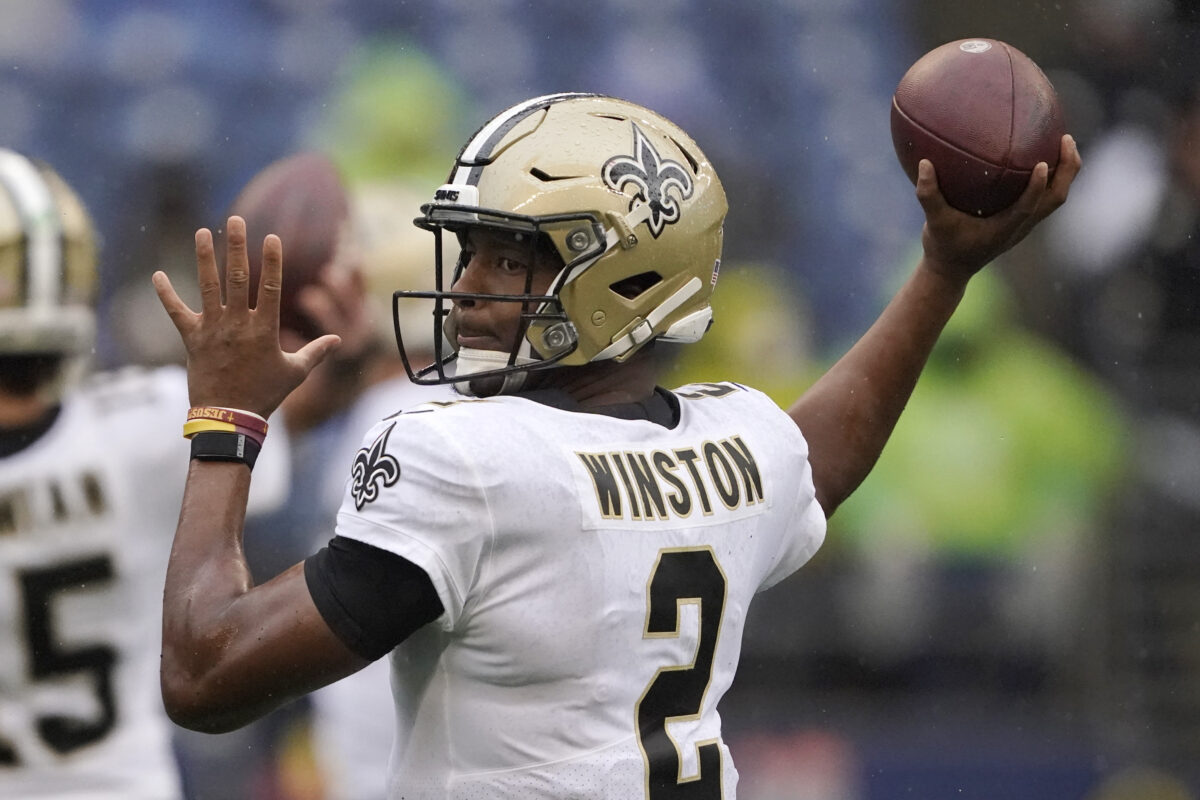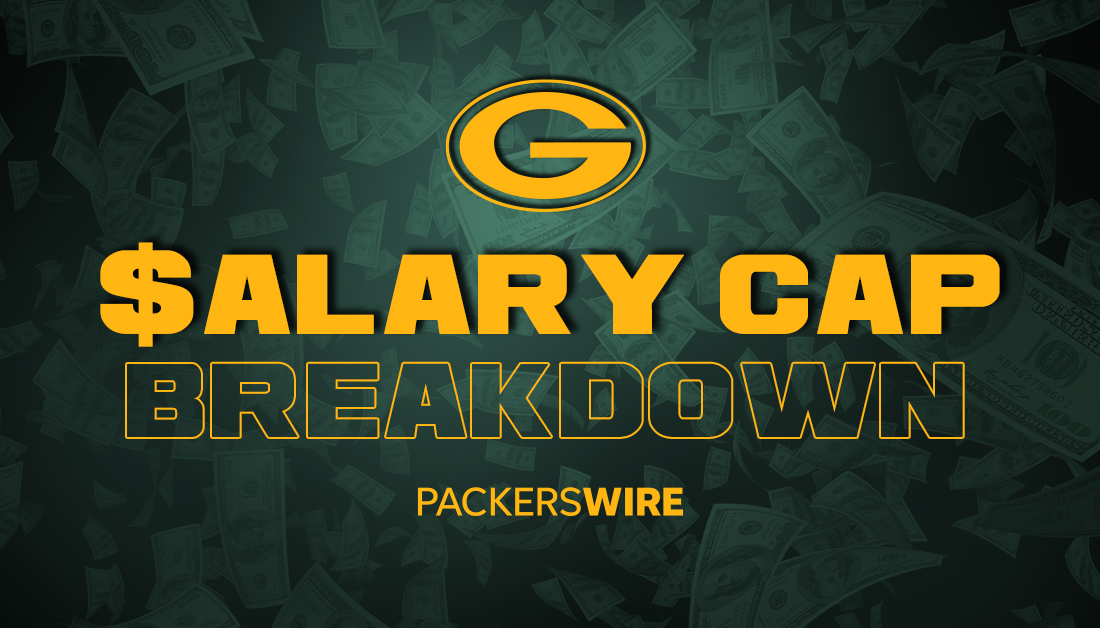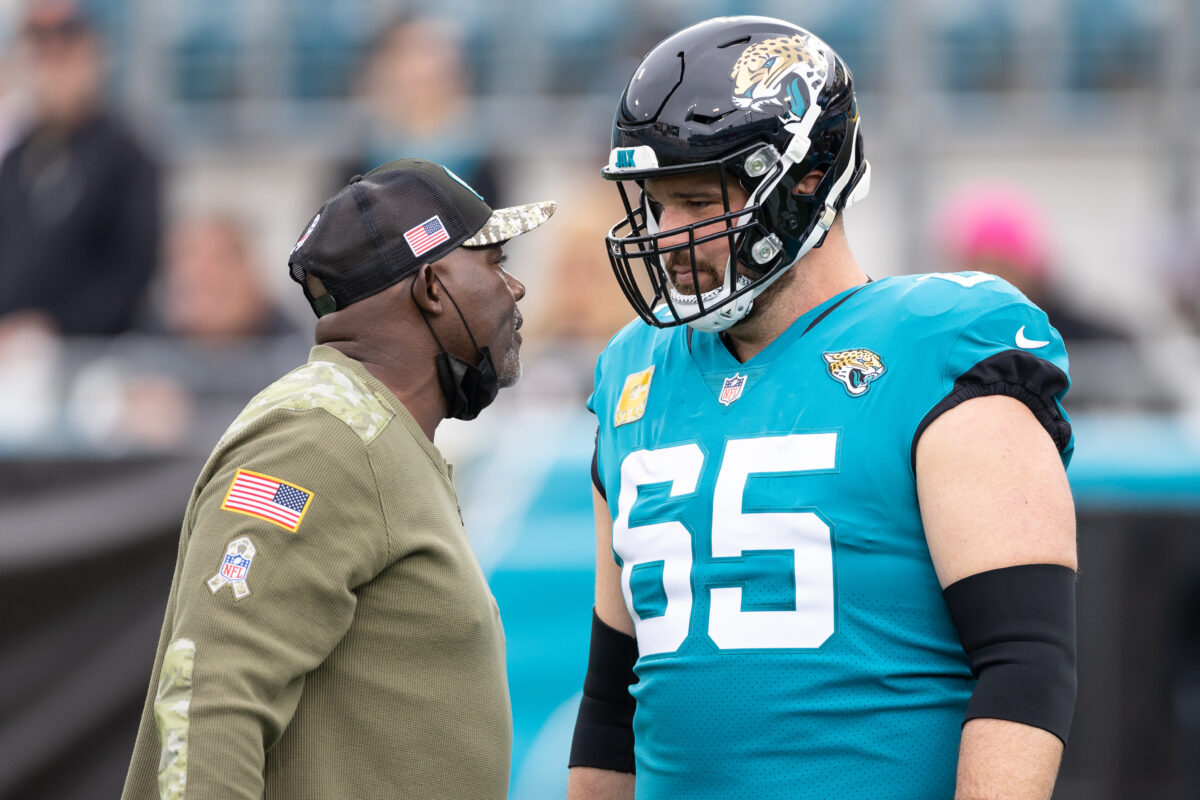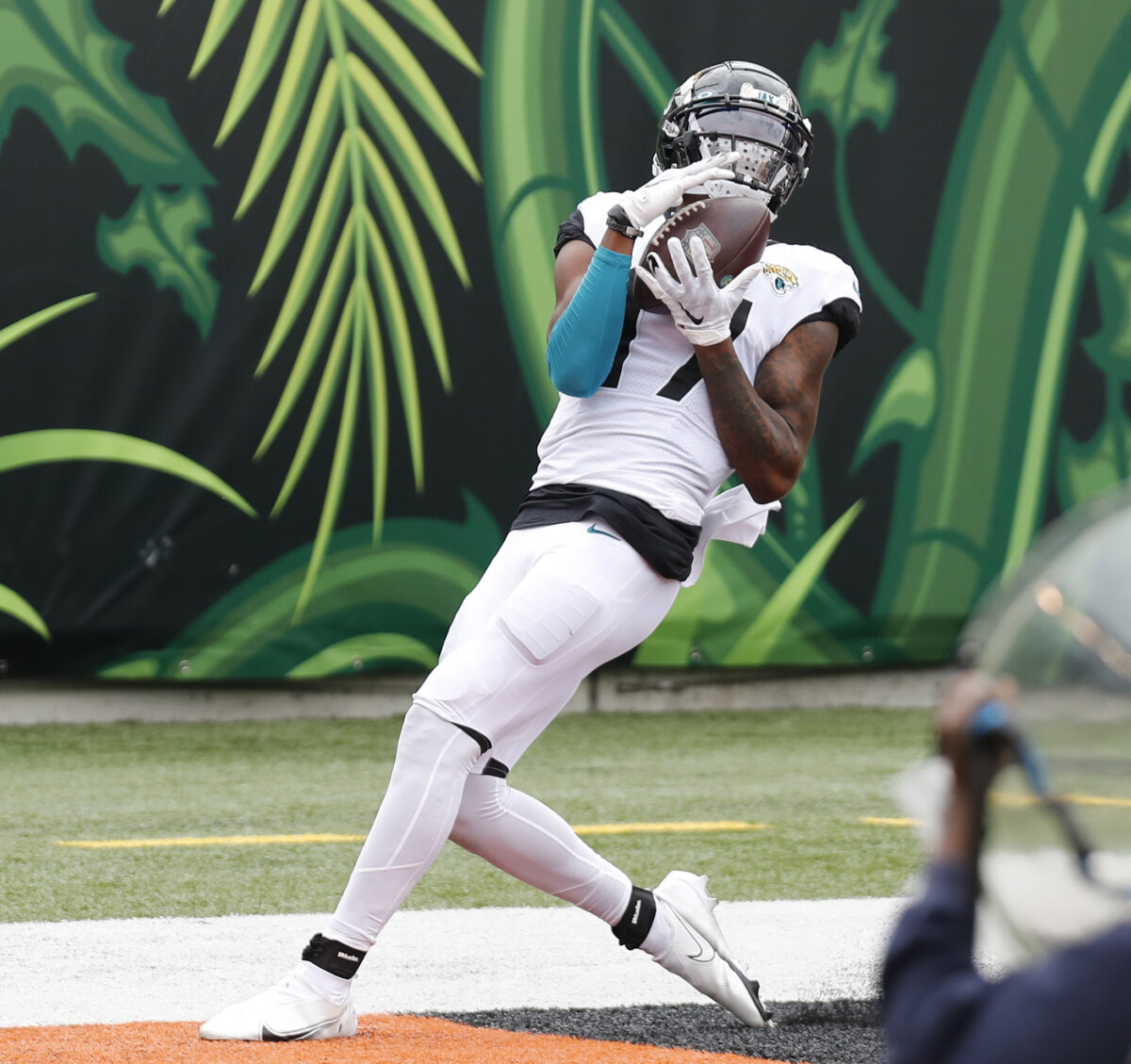The Jags are set to owe Linder $10 million in 2022, per Spotrac. When considering his injury history, could they look to shed that salary this offseason?
As the Jacksonville Jaguars enter the 2022 offseason, they’re set to have among the most cap space in the league to spend once again. Per Spotrac, the Jaguars are slated to have the fourth-most cap space in the league with the projection sitting at just over $61 million.
While that gives the team a lot of options in free agency, it may look to shed more money. After all, this is shaping up to be a transitional offseason with a new head coach and possibly a new general manager at the helm. As a result, the Jags could reexamine some of their pricier contracts on the books, and that could lead to tough questions involving some of the team’s veterans, such as Brandon Linder.
The center has been a franchise centerpiece for nearly the last decade. A third-round pick out of Miami in 2014, he has started all 88 games he’s appeared in over the last eight seasons. He’s under contract through 2022 on a five-year, $51.7 million extension which made him the highest-paid center in the league when he signed it in 2017.
At one point, he was living up to that contract. But after an injury-plagued season in 2021 in which he missed eight games, it may be time to reconsider. The final year of his deal is set to be one of the most expensive with a projected cap hit of $10 million.
Injuries have been a recurring theme throughout his career, as he’s missed 41 games since entering the league. His play has also dropped off a bit. Once among the NFL’s best centers, he graded just 25th out of 38 centers for the 2021 season, per Pro Football Focus.
Moving on from Linder with one year left on his deal would leave the Jags with yet another important position to address this offseason, but they could almost certainly find a cheaper option who, at the very least, would be able to stay on the field. If that’s the route the team wishes to go down, its choices regarding Linder could be limited.
Given the eight-figure salary in 2022 and his injury history, Jacksonville would probably be hard-pressed to find a trade suitor for him. Realistically, if it wanted to save that cap space this offseason, it would likely need to cut him.
He’s one of several players that could become a cap casualty this offseason, but with that being said, the Jaguars aren’t exactly pinching pennies and could afford to keep him around if they wanted to.
Should the Jags keep Linder for the final year of his contract and reevaluate next offseason when he becomes a free agent? Or should they make a move now and release him to give the team more to spend? Let us know in the poll below.
[polldaddy poll=11030308]









